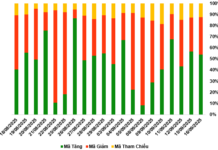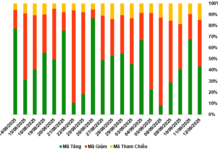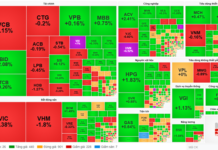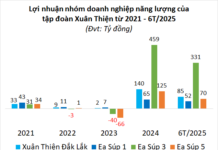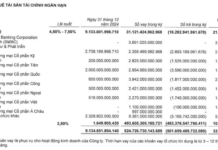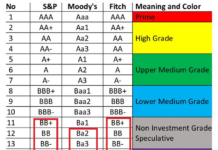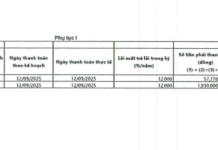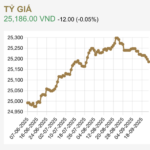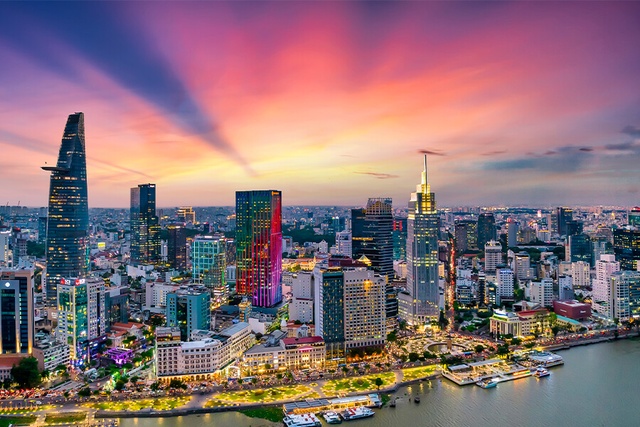
In particular, in 1990, the GDP(PPP) of Malaysia, the Philippines, Thailand, and Indonesia reached 125.06 billion USD, 160 billion USD, 240.44 billion USD, and 532.01 billion USD respectively.
During the period from 1990 to 2017, Vietnam’s GDP(PPP) was lower than that of the Philippines and Thailand. In 2017, the GDP(PPP) of the Philippines reached approximately 854 billion USD, Thailand reached approximately 1,206 billion USD, and Vietnam reached approximately 851.06 billion USD.
By 2018, Vietnam’s GDP(PPP) had surpassed that of the Philippines. In 2018, Vietnam’s GDP(PPP) reached approximately 936.6 billion USD, while the Philippines reached approximately 930 billion USD and Thailand reached approximately 1,287 billion USD. Thus, Vietnam’s GDP(PPP) officially surpassed the Philippines after 28 years, starting from being equal to only 1/2 in 1990.
According to the latest forecast by the IMF, by 2026, Vietnam’s GDP(PPP) will surpass that of Thailand. Specifically, in 2026, Vietnam’s GDP(PPP) is forecasted to reach approximately 1,844 billion USD, while Thailand’s GDP(PPP) is forecasted to reach approximately 1,840 billion USD.
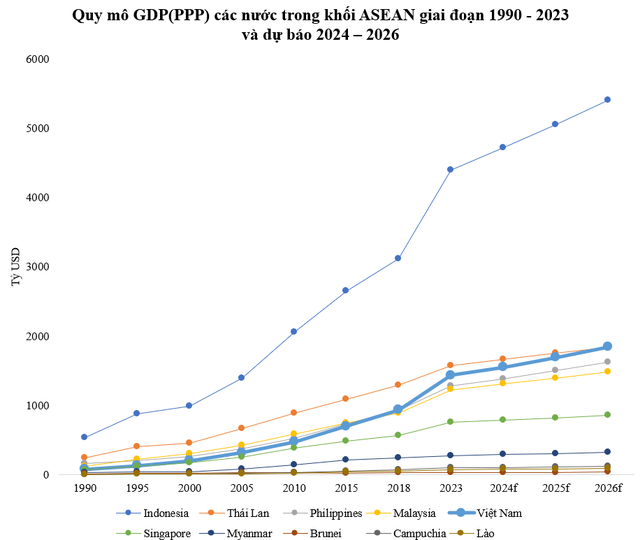
GDP(PPP) scale of ASEAN countries during the period from 1990 to 2023 and forecast from 2024 to 2026. Source: IMF.
Considering all ASEAN countries, Vietnam’s GDP(PPP) has significantly changed during the period from 1990 to 2023.
In 2023, the GDP scale of Indonesia, Thailand, the Philippines, Malaysia, Vietnam, Singapore, Myanmar, Brunei, Cambodia, and Laos reached 4,393 billion USD, 1,578 billion USD, 1,279 billion USD, 1,226 billion USD, 1,434 billion USD, 753.27 billion USD, 277.7 billion USD, 32 billion USD, 98.32 billion USD, and 74.21 billion USD respectively.
After 33 years of development efforts, Vietnam’s GDP(PPP) increased from 77.7 billion USD in 1990 to 1,434 billion USD in 2023. During the period from 1990 to 2023, Vietnam’s GDP(PPP) had a significant increase in the ASEAN region (18.45 times). Other countries also made improvements but at a slower pace such as Cambodia (18.13 times), Laos (16.5 times), Singapore (10.38 times), Malaysia (9.8 times), Indonesia (8.26 times), the Philippines (8 times), Myanmar (7.9 times), Thailand (6.56 times), and Brunei (2.21 times).
According to the Resolution of the Central Committee, by 2030, Vietnam aims to achieve the criteria of an industrial country, which includes being a developing country, having a modern industry, and high average income.
According to the Resolution, the Government sets goals and strives to achieve the goals, targets, and major tasks of the National Overall Plan by 2030. In terms of the economy, the average GDP growth rate of the whole country is expected to reach about 7.0% per year during the period from 2021 to 2030.
By 2030, the average GDP per capita at current prices is expected to reach about 7,500 USD. The proportion of the service sector in GDP is over 50%, the industrial and construction sector is over 40%, and the agriculture, forestry, and fisheries sector is below 10%.
The average social labor productivity growth rate is expected to be over 6.5% per year. The contribution of total factor productivity (TFP) to growth is expected to be over 50%.
Develop sustainable urban areas according to the network; the urbanization rate reaches over 50%; strive to have 3-5 cities at the regional and international level. Build new rural areas in a comprehensive, sustainable manner, and connect with urbanization; the standard rural area rate reaches over 90%, including 50% of the standard rural areas at an advanced level.
Develop strong digital infrastructure and data infrastructure to create a national digital transformation foundation, develop digital government, digital economy, and digital society; the proportion of the digital economy reaches about 30% of GDP.
In terms of infrastructure development, establish the basic framework of the national infrastructure, including the North-South road transport axis (eastern expressway, some sections of the western expressway, coastal roads), and the important East-West transportation axes; strive to have about 5,000 km of expressways.

